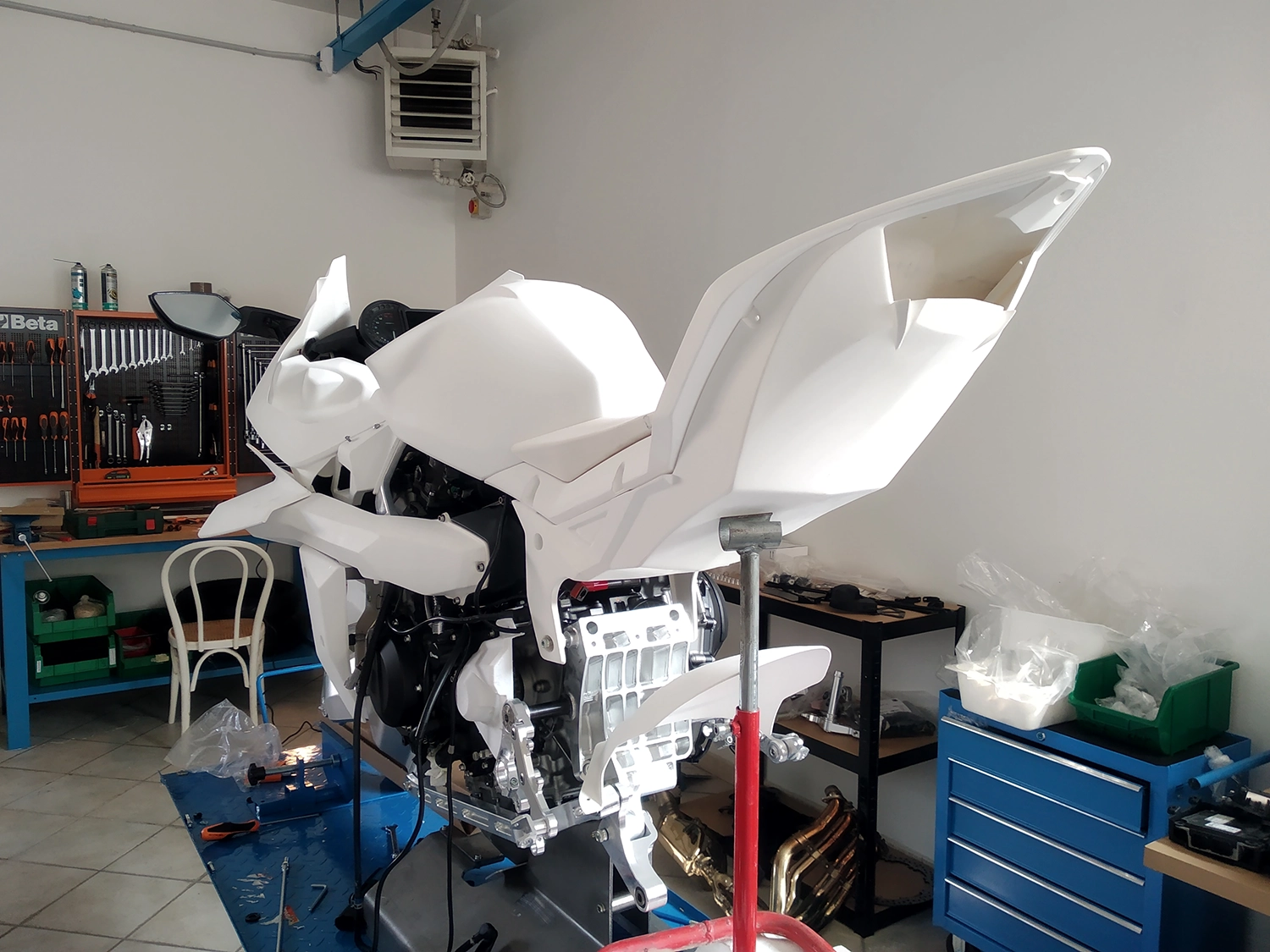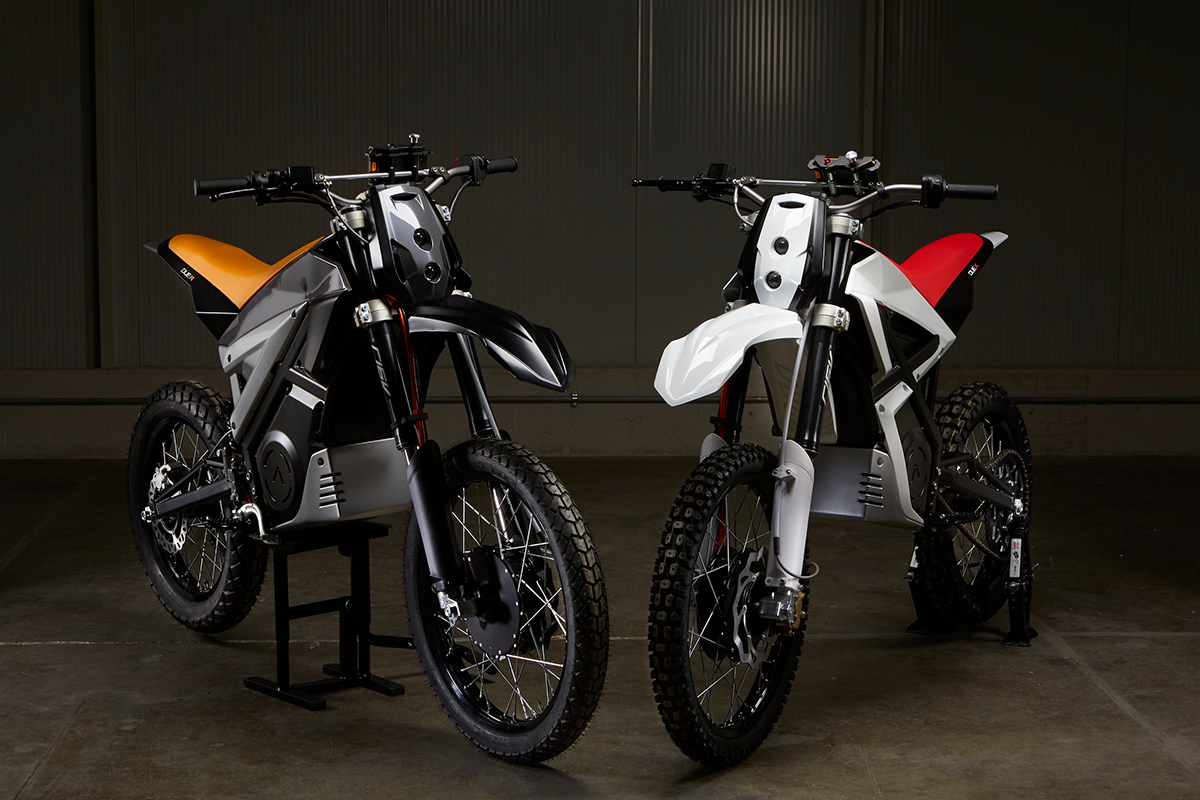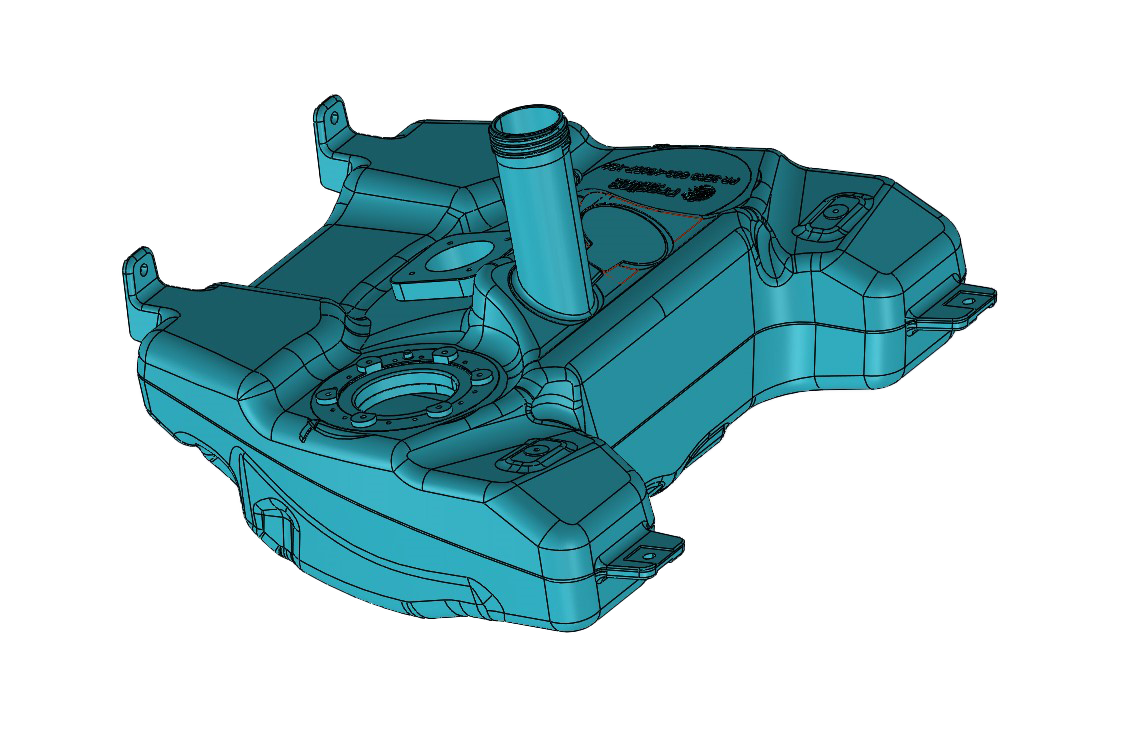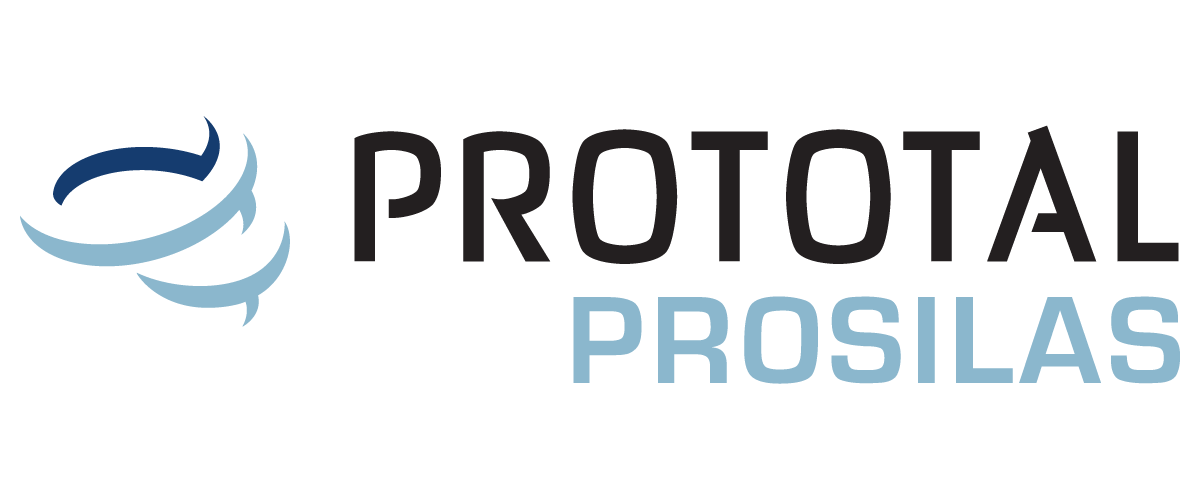The first physical output of a project
Rapid prototyping constitutes the initial phase of the physical production of a project, leveraging advanced technologies such as 3D printing.
Prosilas stands out as a leader in the field of rapid prototyping and additive manufacturing for over twenty years.

Photo courtesy : Bimota

Photo courtesy : Armotia
Prototype: Definition and Utility
A prototype is the physical realization of an idea or project, an initial model created to evaluate both the aesthetic and functional aspects of an application.
What is Rapid Prototyping?
Rapid prototyping is the process of quickly creating a physical model of an idea or project.
This model, called a prototype, provides a tangible and visual representation of the application in the development phase. 3D printing has become a key technology for rapid prototyping due to its ability to rapidly translate digital designs into physical objects.
The primary purpose is to expedite the development process, enabling a comprehensive assessment of the performance and form of the product.
In Which Cases to Use Rapid Prototyping?
It is particularly useful in the early stages of designing and developing new products.
It is ideal when there is a need to quickly assess aesthetic aspects, optimize geometries, improve production cycles, and evaluate functional aspects.
Furthermore, it is valuable when exploring different iterations of a design without having to invest in expensive molds.

Advantages
- Reduction of Development and Production Times: 3D printing allows for the rapid translation of designs into physical prototypes, significantly reducing development times.
- Cost Reduction: By eliminating the need for expensive molds, rapid prototyping with 3D printing helps contain costs in the design and development phase.
- Improvement of Product Quality: The ability to assess aesthetic and functional aspects in an early phase enables continuous improvements to the final product’s quality.
- Production Evaluation: With the initial step of prototyping, subsequent steps for mass production can be evaluated, allowing assessments of timelines and costs.
3D Printing Technologies for Rapid Prototyping:
There are various 3D printing technologies suitable for this service.
Among these, SLS (Selective Laser Sintering) and SLA (Stereolithography) are often used for creating prototypes with precise details.
Other approaches, such as using filaments or metal powders, offer different options based on the project’s requirements.
We provide our technological offerings based on project needs and assist the client in choosing the best solution.


Photo courtesy : Bimota
Case History Bimota
Bimota utilizes rapid prototyping in collaboration with Prosilas to expedite the development of its new motorcycle models.
Thanks to 3D printing, the design and testing process has become more efficient, reducing the time required to transition from the idea to the prototype from approximately 12 to 4 months.
